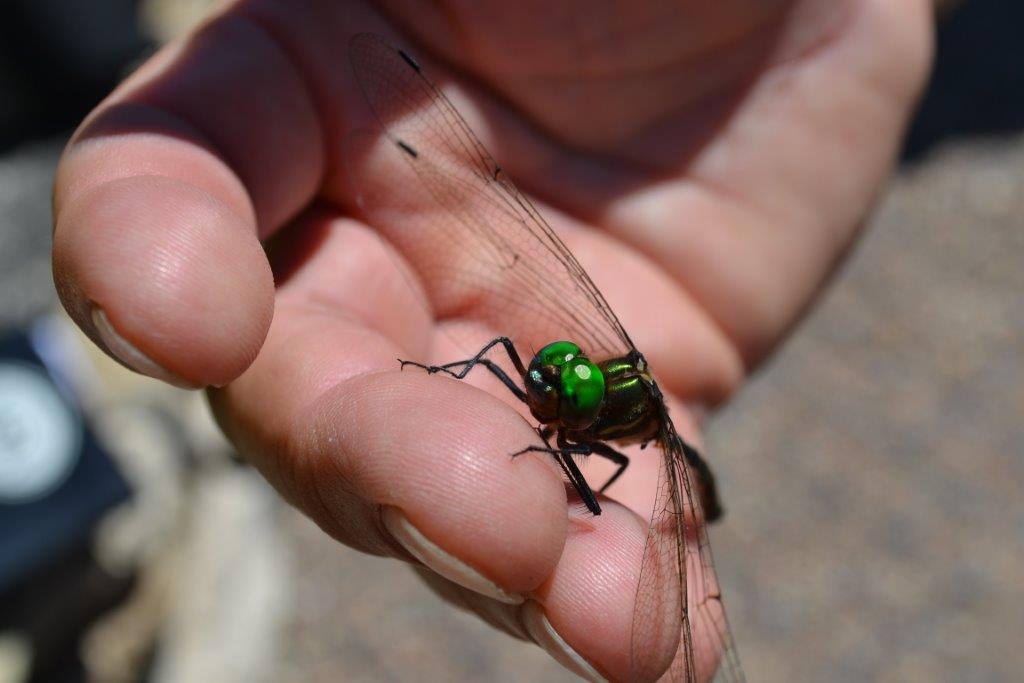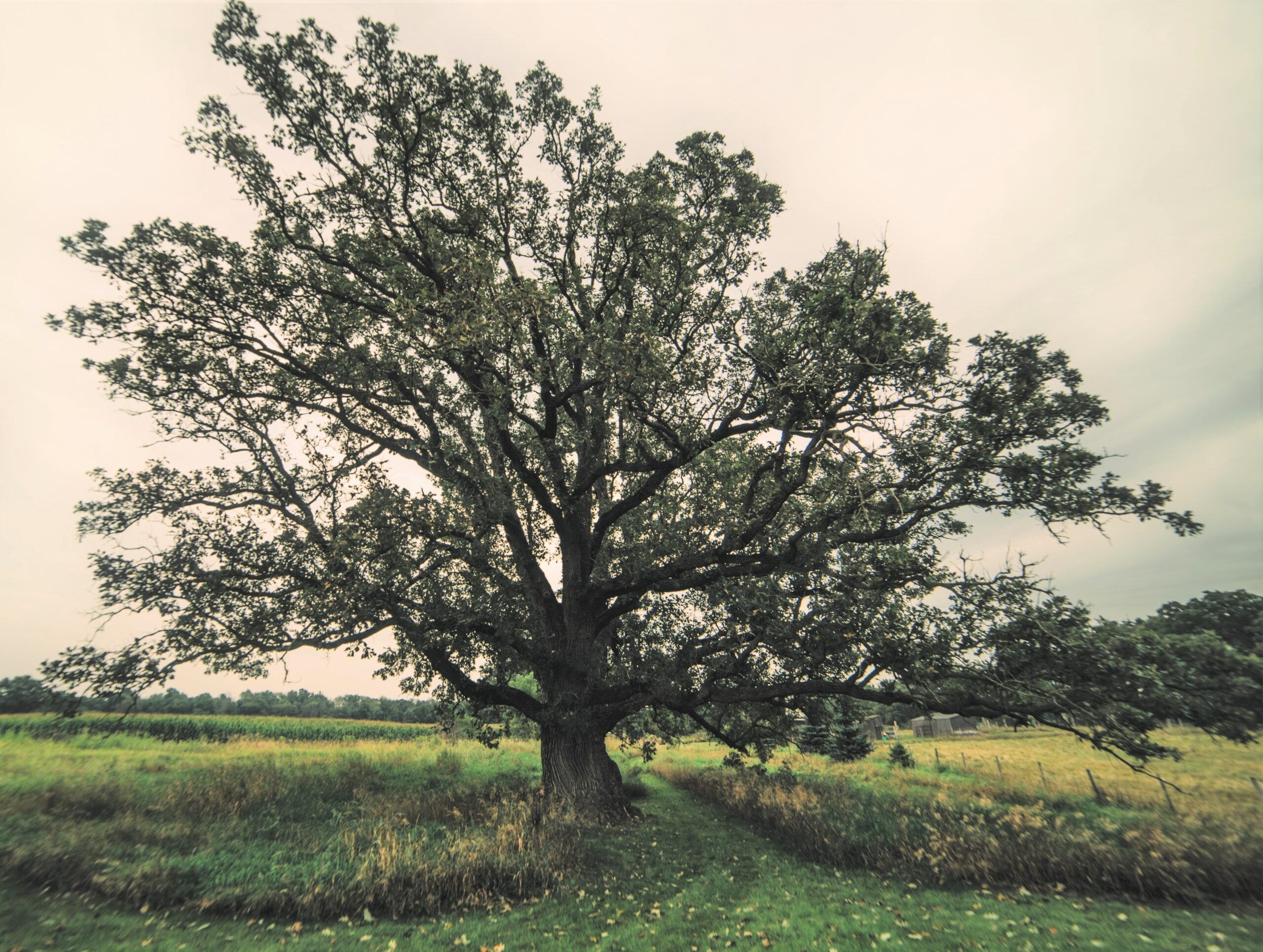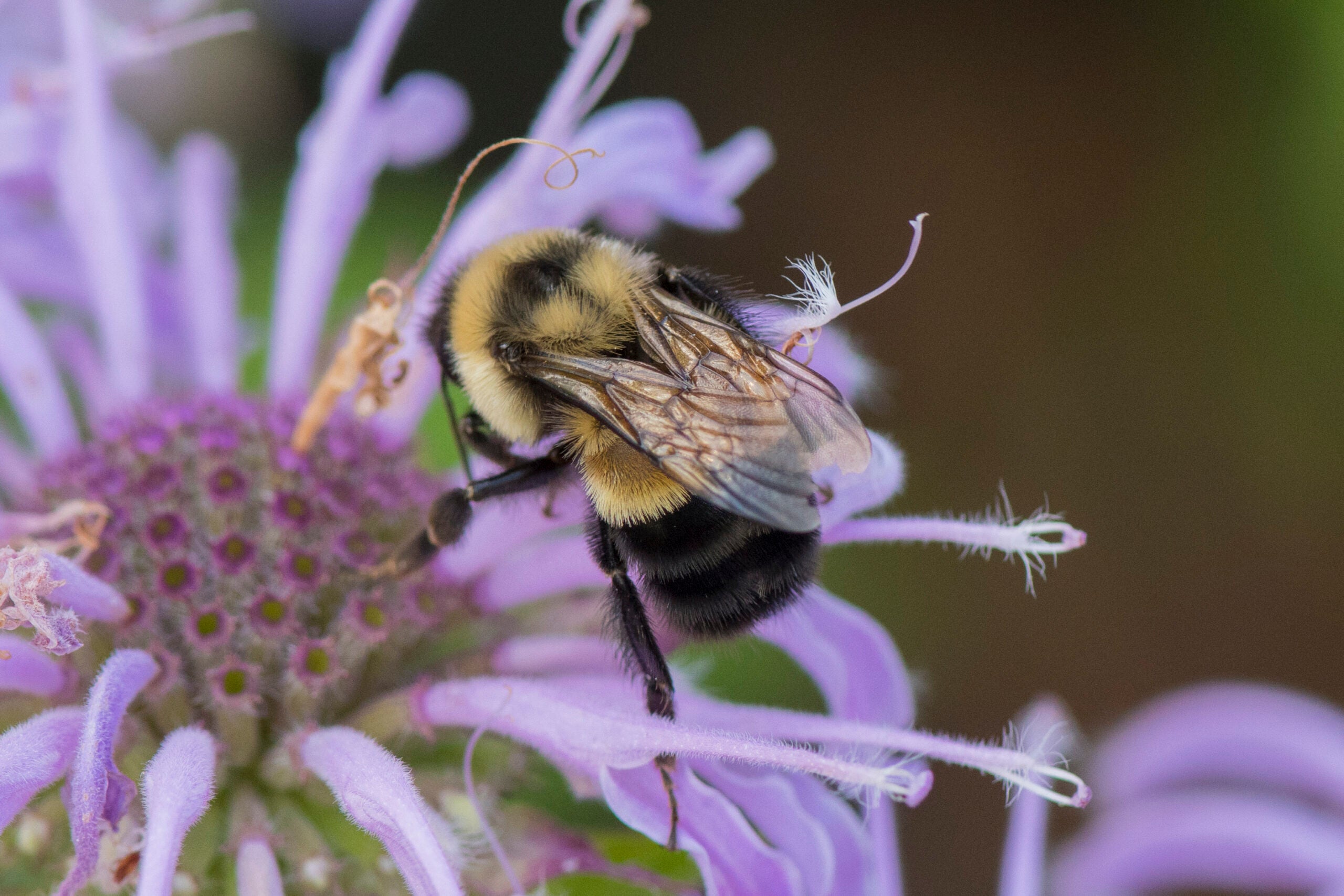A rare dragonfly found in Door County may help restore the species in other parts of the Midwest.
Researchers are gathering the larvae of the Hine’s emerald dragonfly and will eventually release them in the Chicago area.
County Highway Q in the Door County town of Bailey’s Harbor cuts through the dragonfly’s habitat, which includes marshes and streams. Nearly 2,000 Hine’s emerald dragonflies are killed each year by traffic in the county.
Stay informed on the latest news
Sign up for WPR’s email newsletter.
Dan Soluk is a biology professor at the University of South Dakota. For nearly 20 years, he’s spent summers in Door County collecting the dragonfly and its larvae. He said the Hine’s emerald is the only dragonfly on the endangered species list.
“We thought it was extinct for several decades,” said Soluk. “No one could find the species.”
The Nature Conservancy has about 5,000 acres of preserves in Door County and helps finance the Hine’s researchers. Mike Grimm, an ecologist with the conservancy, said the flies need healthy groundwater, which they can find on the peninsula.
“They seem to utilize waters that have passed through either dolomite or limestone before it issues out in the springs,” Grimm said.
The Hine’s has it hard enough without having to worry about getting itself splattered on a windshield. It has big green eyes, and either yellow or cream stripes on its body. It’s an aquatic insect and spends the first four or five years of its life in wetlands or streams where females lay eggs. If one doesn’t get eaten by a crayfish and actually makes it to adulthood, it only lives four to seven weeks.
That’s why Soluk hopes USD’s “captive rearing” program will help the Hine’s numbers.
“Dragonflies lay a thousand eggs,” Soluk said. “Maybe one, maybe 10 of those actually ever live to become an adult. So what you do is you take those eggs and put them in a controlled environment where mortality will be minimal, and suddenly you can generate hundreds of individuals that would have never survived otherwise in the wild.”
The Hine’s also lives in southwestern Wisconsin, Michigan’s Upper Peninsula, Missouri and near Chicago — where Soluk’s team will release larvae in wetlands this year. He said that population is more genetically diverse than the one in Door County, but that the numbers are very low.
“The Chicago population is really close to being at that critical threshold where it’s not going to be able to survive. And as it gets smaller, we’re losing genetic diversity,” he said.
Soluk said the Hine’s emerald is an “indicator” species or a “canary in a coal mine” when it comes to an area’s groundwater quality.
“In the Chicago area, one of its biggest threats is a threat to its habitat — but not even a direct threat, because many of those places are protected as nature preserves,” he said. “A nature preserve is not protected if the sources of water coming into it are not protected.”
If all that doesn’t convince people that preserving the Hine’s is important, Soluk said their favorite foods are mayflies and mosquitoes.
Wisconsin Public Radio, © Copyright 2024, Board of Regents of the University of Wisconsin System and Wisconsin Educational Communications Board.





